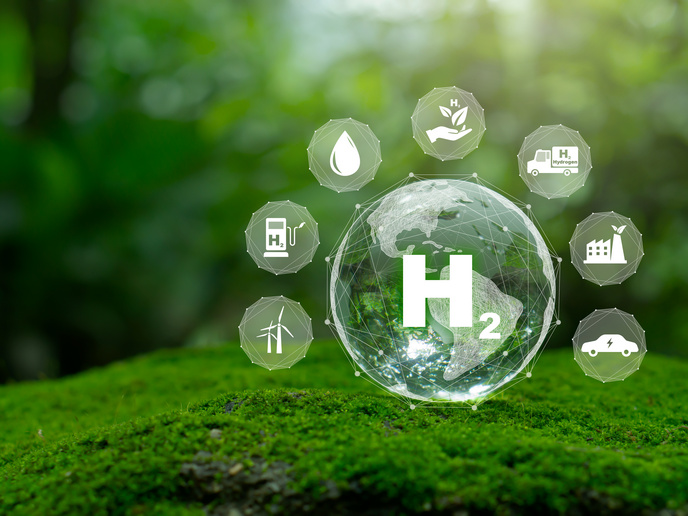Maximising hydrogen storage
Use of hydrogen spillover has been explored for increasing hydrogen uptake in nanoporous materials. Despite near-identical material preparation techniques, inexplicable variations in the magnitude of hydrogen uptake have been recorded. To understand hydrogen spillover at the molecular level, EU-funded scientists initiated the 'Optimization of hydrogen storage via spillover through a combined experimental and modeling approach' (HSPILL-CEMA) project. Study findings would be used to design new materials for hydrogen storage and catalytic hydrogenation. Focus was placed on identifying structures that maximise hydrogen uptake. Scientists studied carbon-based and micro-porous metal-organic framework materials to identify specific binding sites for hydrogen storage. Factors such as the effects of catalyst size, material composition and structure were assessed. In addition, HSPILL-CEMA sought to clarify the potential role of co-catalysts on optimising uptake via the hydrogen spillover mechanism. Another task was to determine how heteroatoms affect hydrogen mobility to/from carbon-supported catalysts. The theoretical findings were in line with experiments but could not account for the relative stability and reproducibility of experimental surfaces. New candidate catalytic-carbon interfaces were identified, enabling hydrogen ready diffusion. Furthermore, some newly found carbon structures had the potential to 'seed' the hydrogen spillover process. Identifying the key binding sites responsible for high hydrogen uptake should significantly increase reproducibility in hydrogen spillover materials that are optimised for near-ambient temperature adsorption. Project findings should also find application in catalytic hydrogenation for fuel upgrading, adsorption and catalysis, and graphene-based devices.







